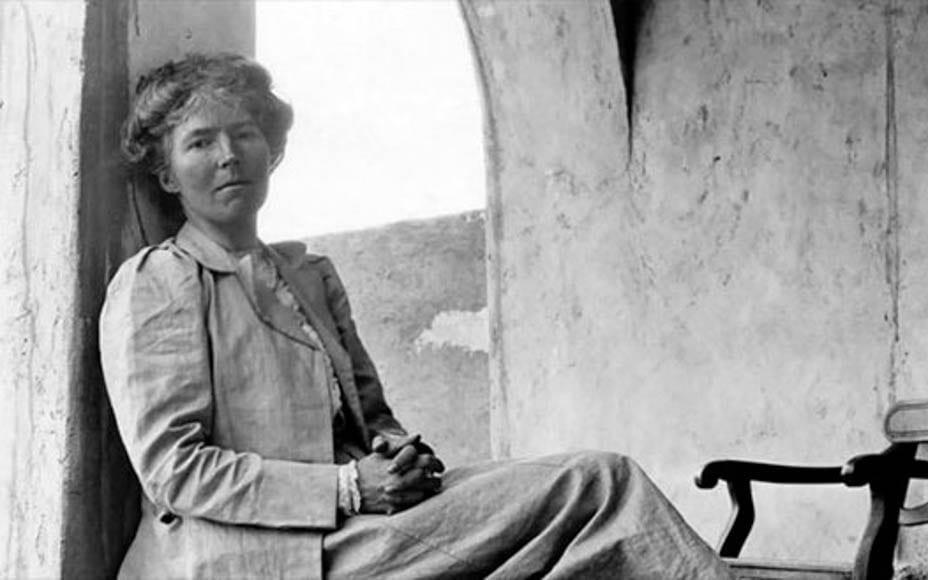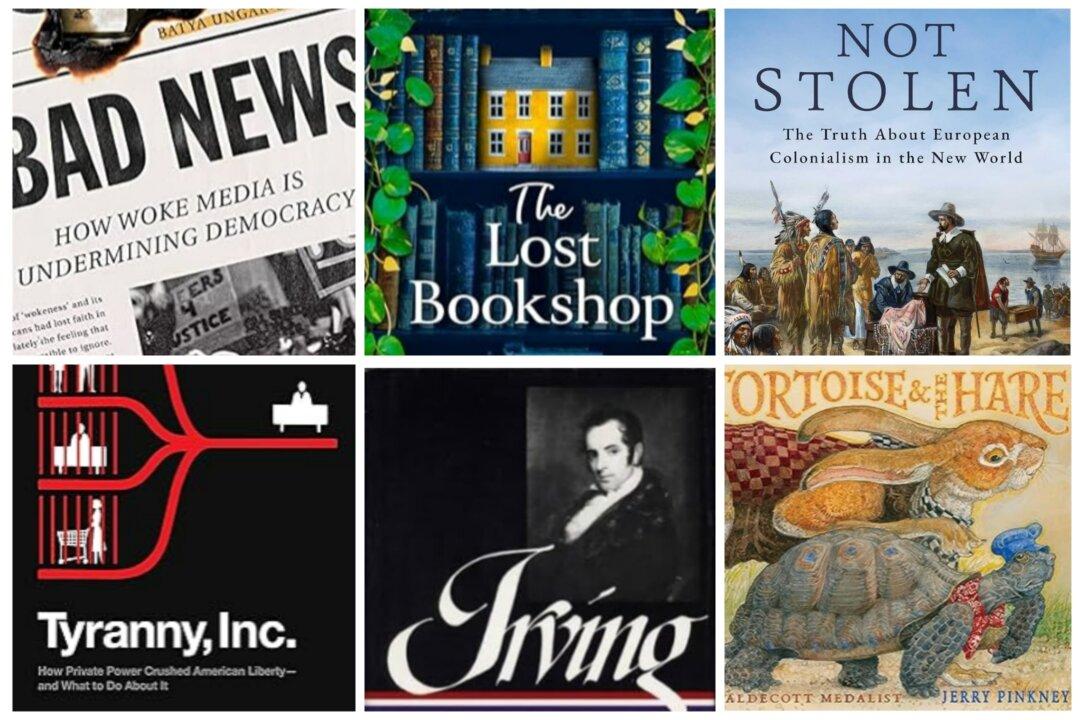Admittedly, the first I heard of Gertrude Bell was from watching the 2015 biographical film “Queen of the Desert,” starring Nicole Kidman. I was enchanted as was Kidman with Bell’s character.
A fiercely independent woman, Bell decided to leave her comfortable life as a debutante in Victorian London and take to the desert. It was a visit to her uncle, who lived in Persia in 1892, that sparked a love affair with the Middle East: its people, culture, history, architecture and landscape. She loved it all.






